English pulp paper wallpaper...anyone DIY'd this stuff?
deedles
11 years ago
Related Stories
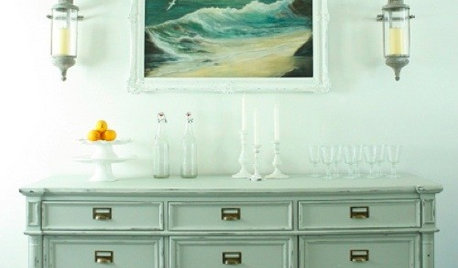
DECORATING GUIDESThe Cure for Houzz Envy: Dining Room Touches Anyone Can Do
Get a decorator-style dining room on the cheap with inexpensive artwork, secondhand furniture and thoughtful accessories
Full Story
LAUNDRY ROOMSThe Cure for Houzz Envy: Laundry Room Touches Anyone Can Do
Make fluffing and folding more enjoyable by borrowing these ideas from beautifully designed laundry rooms
Full Story
BUDGET DECORATINGThe Cure for Houzz Envy: Living Room Touches Anyone Can Do
Spiff up your living room with very little effort or expense, using ideas borrowed from covetable ones
Full Story
BUDGET DECORATINGThe Cure for Houzz Envy: Entryway Touches Anyone Can Do
Make a smashing first impression with just one or two affordable design moves
Full Story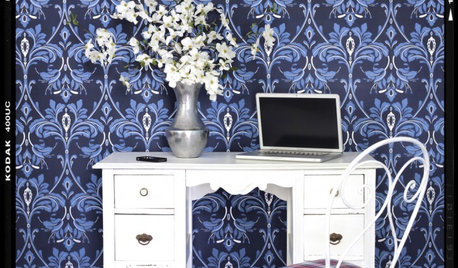
DECORATING PROJECTSDIY Project: Wallpaper Goes Mobile
Paper Plywood Panels for a Great Look That Can Move When You Do
Full Story
DECORATING GUIDESPaper Chase: Wallpaper Through the Ages to Today
Get on a decorating roll with a wall covering that's been around for centuries but comes in more exciting designs than ever
Full Story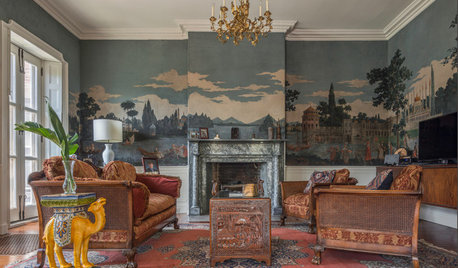
ROOM OF THE DAYRoom of the Day: New Life for Historic Wallpaper Landscapes
In a Rhode Island mansion, painstaking restoration saves lavish woodblock-printed paper scenes commissioned in the early 1800s
Full Story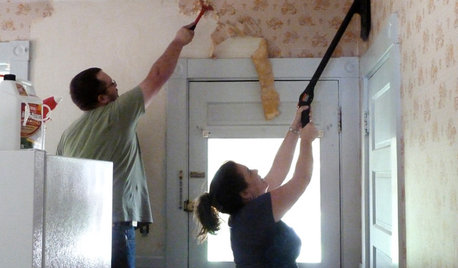
DECORATING GUIDESHow to Remove Wallpaper in 4 Steps
Learn the best way to remove wallpaper with only water (and elbow grease) so your next wall treatment will look great
Full Story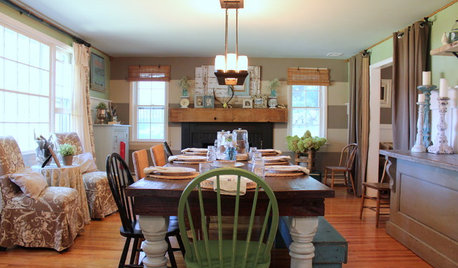
HOUZZ TOURSMy Houzz: DIY Creativity Lights Up a Cozy Pennsylvania Home
Farmhouse interiors get big doses of charm and personality thanks to the resourcefulness of a mom and blogger
Full Story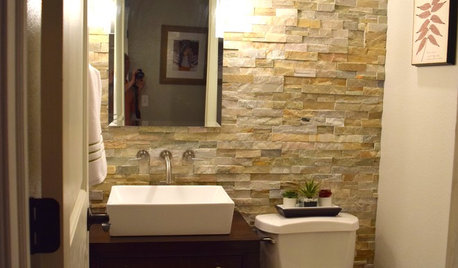
BEFORE AND AFTERSSee a DIY Powder Room Transformation for $1,100
Determination, DIY skill and a stunning tile feature wall helped make this formerly dark and gloomy powder room feel spacious
Full StoryMore Discussions






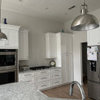
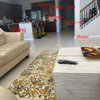

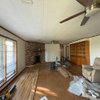
Christopher Nelson Wallcovering and Painting
annzgw
MongoCT
deedlesOriginal Author
Christopher Nelson Wallcovering and Painting
ndeedles
Christopher Nelson Wallcovering and Painting
MongoCT
ndeedles
Christopher Nelson Wallcovering and Painting
deedlesOriginal Author